Tom Geens: An interview on survivalist drama Couple in a Hole
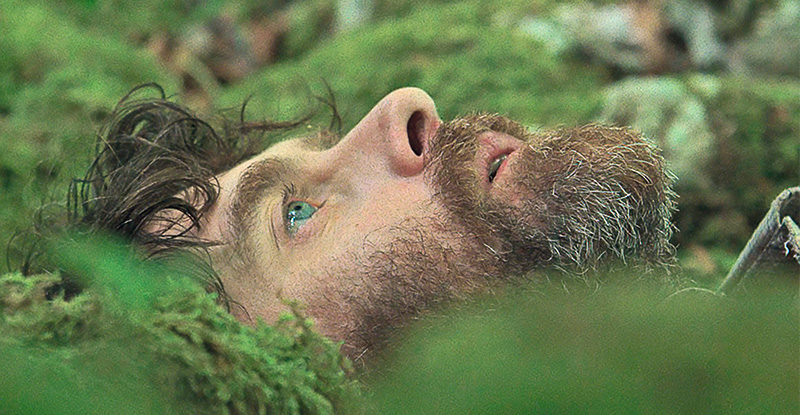
Tom Geens is a writer/film director who has most recently written and directed Couple in a Hole which has won best film at the Dinard British Film Festival and has received critical acclaim. We spoke to him about the development process , and the pros of inspiring debate and splitting an audience.
How did you go about writing Couple in a Hole?
Basically I always have these notebooks I carry around, I have them with me always as I get frustrated that I am always forgetting stuff. I have been doing this since the mid nineties. And this was just four lines, a little paragraph on a middle-class couple in tattered clothes but still their normal middle-class attire, yet dirty, living in this hole. It was this little absurdist image I found interesting; this dynamic we have, however civilised we think we are and how we have abstracted ourselves from the dirt and the earth we still very much come from the earth, we still have an animal inside us. That dynamic has always really interested me and that is kind of where the film came from.
You used nature to support and consolidate the complexities humans can go through. What is the importance of putting this couple into the wild?
I could have very easily put this into a suburban environment; a middle-class couple going through a trauma, and they isolate themselves in their own house, with her locking herself into a room. The starting point was never grief, the starting point was the interesting dynamic between wild and civilised, order and chaos. Grief came a year or so later more as a way to create drama, to sustain a dramatic storyline which for me became very important. I needed to create a very human story within that contrast of wild and order. Grief was very important to make you believe that the couple would stay there rather than go and get help. Why would they be chained to that isolation and uncomfortable place?
Putting that in a nature environment stripped it of the civilisation and made it a lot more pure. Focussing on the trauma and allowing it to be more fabled gave it a magical dimension that I liked. But a lot of these things are not intentional, they just happen as you write, and the very strong starting point was the contrast between wild and order.
From the beginning did you want that physical, almost animalistic performance from Katie Dickie and Paul Higgins?
Yes, it was always clearly scripted, however the couple still have a human decency, they are upholding a middle-class life within the hole. They have the traditional roles where he forages and she ”keeps the hole”. In certain aspects I wanted that animalistic trait but I think the environment and the grief push that out of the acting. They are sort of gradually becoming more horizontal in a way. Further on you see the animal coming out as everything falls apart. In the beginning it is almost a fantasy, a re-enactment of the Adam and Eve story, the viewer almost wants to give it a go. But yes, the actors, once they read it, knew for sure they had to stretch themselves and that is what they relished. That’s what I wanted to see when speaking to potential casts, that they were really going to be up for it and go for it, and the confidence I got from meeting both Katie and Paul was that they really understood it and they understood how far they had to go. They ran with it far further than I could have expected.
I think that was wonderfully highlighted by Katie’s first appearance outside the hole, it was very absorbing how painstakingly she portrayed someone emerging from such a dark habitat. Was it that focus, the absorbing nature of the relationship between those two people and the environment they are in, you wanted?
I think in a way it is why there are differing reviews, maybe it is an interesting thing The Upcoming has done to publish both those reviews. As it is very immersive cinema you basically ask the audience for a massive commitment to put the pieces of the puzzle together and as an audience member you are asked for a major investment. And either you accept the challenge or you don’t. If you don’t you almost look at it from the side. It is a divisive film, ultimately, and it demands you really jump into it to be involved and enjoy it. A lot of comments have come back using words like absorption, immersion, getting hooked from the word go and other people aren’t [saying that], and for me that is a good thing.
I wanted to ask you about the cinematography. How did you go about finding that perfect location for the film?
It was the French Pyrenees and around London. From your reaction people never realise it isn’t all in the same place. We had lots of chats about what the look should be, I always wanted the storyline look of going from a fantasy to a hell, basically, at the end. From something beautiful and warm to something dirty and cold, and that is something we constructed. But going to the Pyrenees you have no choice about the look, it is imposed by the Pyrenees as everywhere you look there is something beautiful to capture. So for us, me and Sam Care, the film’s cinematographer, it became more about selecting which ones from the overload of imagery were the right ones for the film. Sam is always narratively involved in the film and we had some very stimulating conversations around which images were right. The Pyrenees are very humbling places when it comes to shooting.
I think that was summed up beautifully in the long running track towards the end.
Yes, it was a real coming-together moment. For me it is nothing more than a love story; how can love survive beyond the trauma? Can you stay in a loving relationship? And nature works with that, as, in the beginning, it is a welcoming place and it becomes more and more a sinister bystander, almost cruel, and you can see how threatening nature can be. Then in that moment at the end it almost goes back into harmony. I don’t know, as it is immersive cinema it becomes very personal and subjective so everyone has their own interpretation if it.
Which brings me to my last question. There are elements that become very interpretative and I wondered about the ending, it inspired your own interpretation. Were you ever anxious to end with an almost surrealist element like that?
I was very excited. I remember the moment when I decided to end it like that. It felt like it was such a perfect left field way to end it which felt right for me. It doesn’t mean it felt right for everyone, a lot of people reject it and a lot of people for the same reason love it. And I find that is where the film is successful, as it really divides and polarises people. It means it is a film that people talk about, which is what I want, that it can live in people’s heads and have an openness to it where it can continue in people’s minds. Film can be so amazingly inspiring and change people’s lives; certain films changed my life, and I think as a filmmaker you can attempt to strive for stuff like that and make things a little interesting.
Melissa Hoban
Read our polarised reviews of Couple in a Hole here and here.
Watch the trailer for Couple in a Hole here:

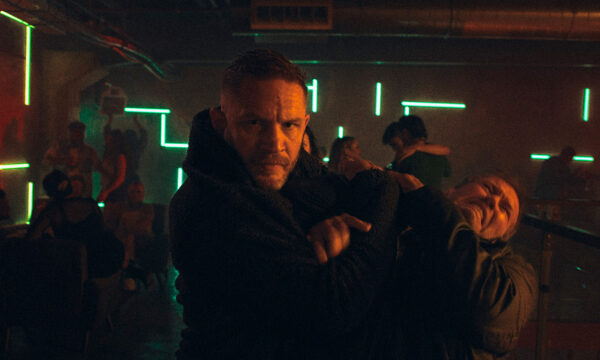
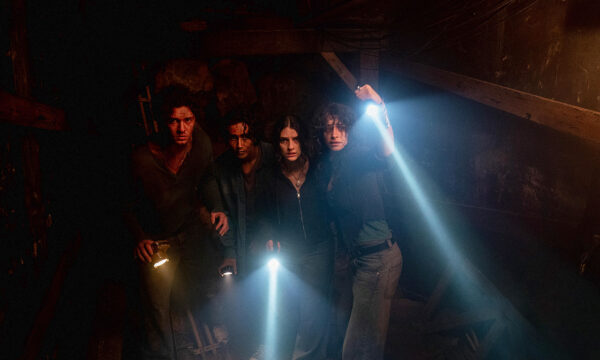
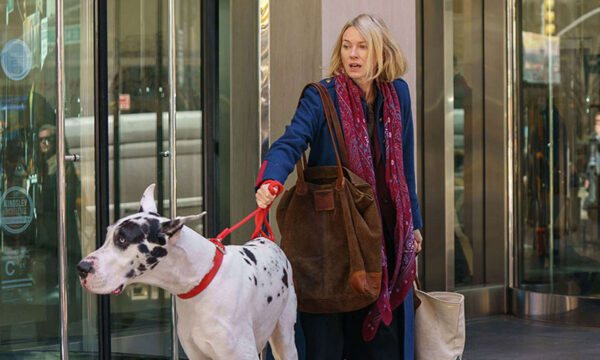
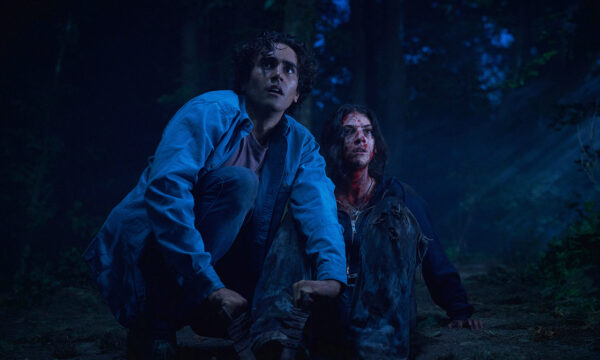
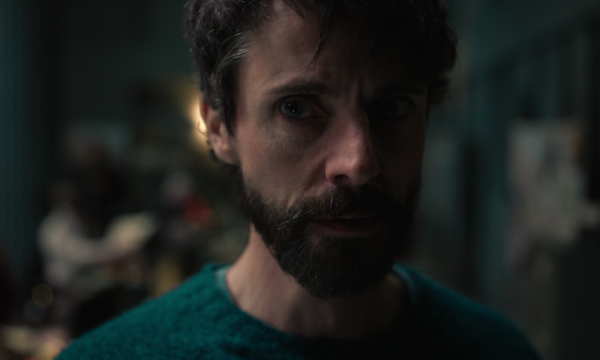
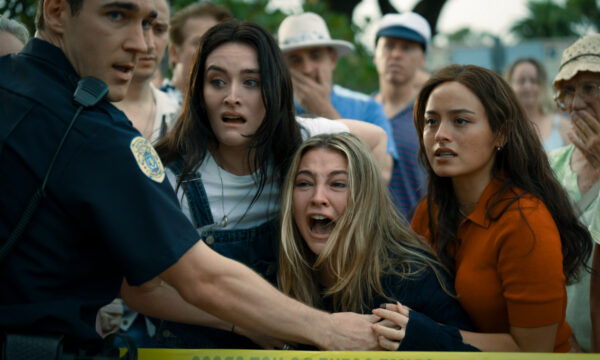
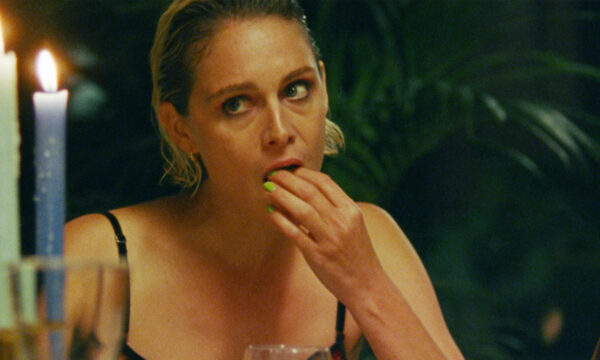
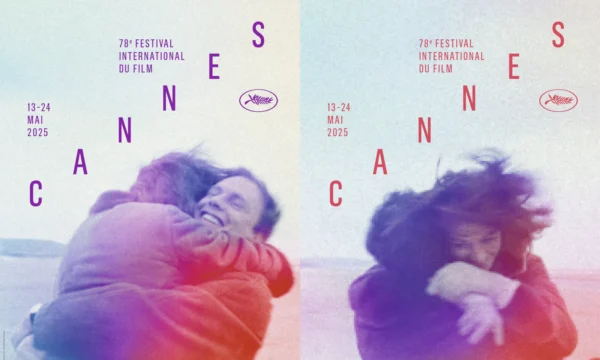
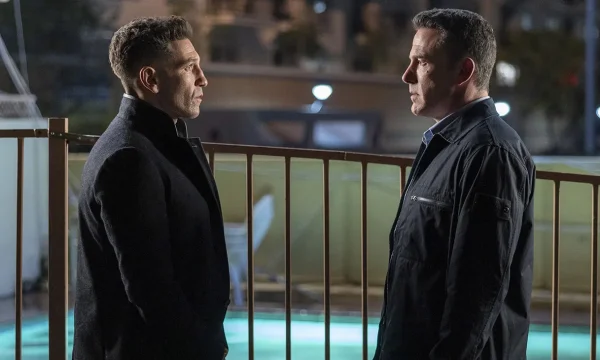









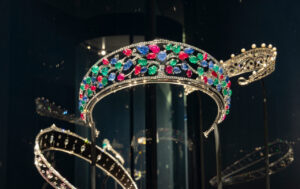



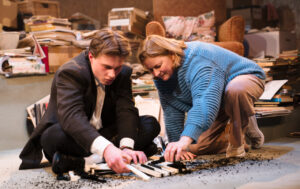

Facebook
Twitter
Instagram
YouTube
RSS